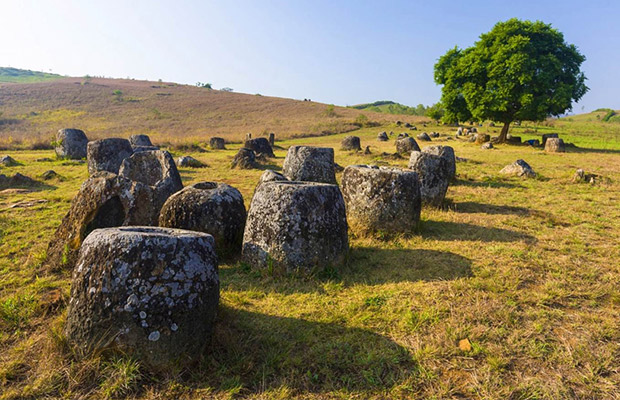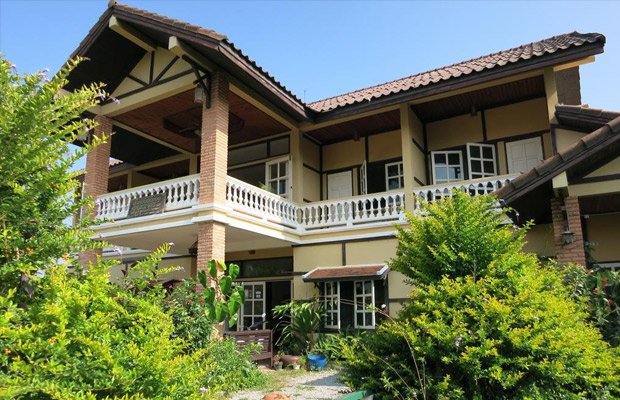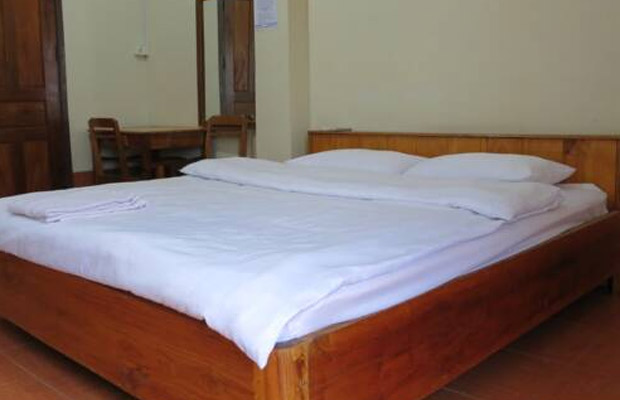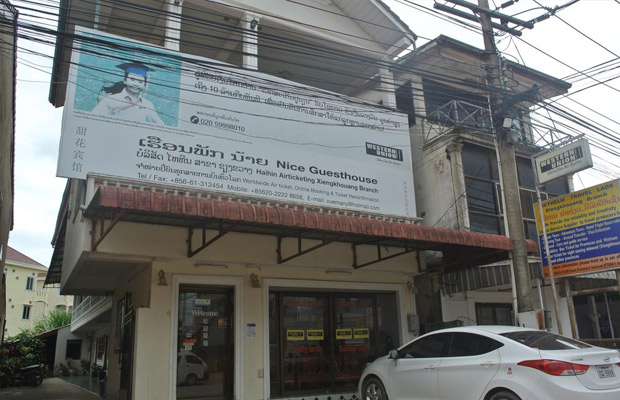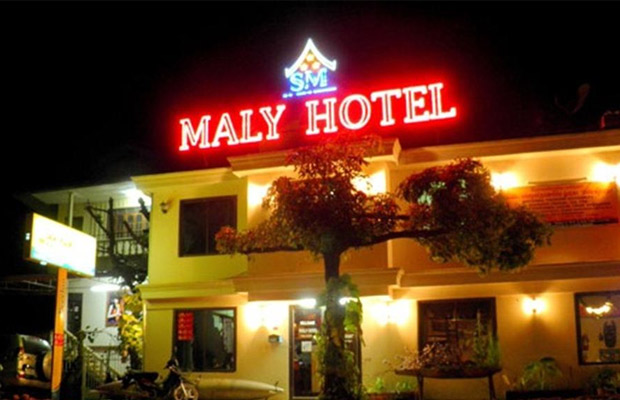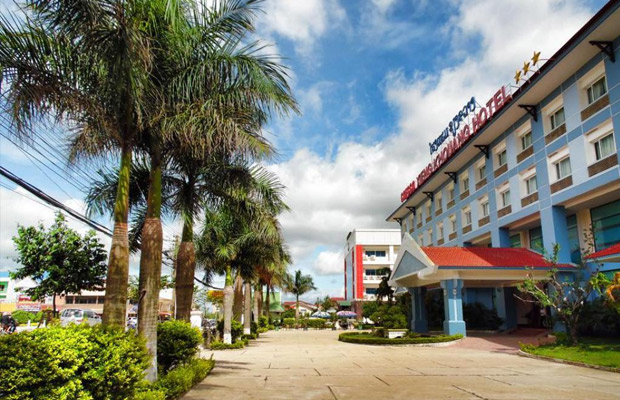Plain of Jars
Plain of Jars
Laos
Xiangkhouang
Xiangkhouang Travel Guide
Book Tour & Activities
Your tour in Xiangkhouang.
Book your stay
Your hotel in Xiangkhouang.
Overview
The Plain of Jars is a megalithic archaeological landscape in Laos. It consists of thousands of stone jars scattered around the upland valleys and the lower foothills of the central plain of the Xiangkhoang Plateau. The jars are arranged in clusters ranging in number from one to several hundred. The Xieng Khouang Plateau is located at the northern end of the Annamese Cordillera, the principal mountain range of Indochina. French researcher Madeleine Colani concluded in 1930 that the jars were associated with prehistoric burial practices. Excavation by Lao and Japanese archaeologists in the intervening years has supported this interpretation with the discovery of human remains, burial goods and ceramics around the jars. The Plain of Jars is dated to the Iron Age and is one of the most important prehistoric sites in Southeast Asia.
2,000 Year old stone jars used in burial ceremonies scattered across the fields
The Plain of Jars is a group of fields containing thousands of stone jars cut out from rock thousands of years ago.
The sites are located around the city of Phonsavan in Xiangkhouang province, North East Laos. While some of the sites contain just a few jars, others contain hundreds many of which are broken or have fallen over.
The Plain of Jars have been submitted to the Tentative List of UNESCO World Heritage Sites.
The jar sites
More than 90 jar sites have been identified within Xiangkhouang Province. Each site has from one to 400 stone jars. The jars vary in height and diameter between 1m and 3m and are all hewn from rock. Their shape is cylindrical with the bottom always wider than the top. The stone jars are undecorated, with the exception of a single jar at Site 1. This jar has a human "frogman" bas-relief carved on the exterior. Parallels between the "frogman" and the rock painting at Huashan in Guangxi, China have been drawn. The Chinese paintings, which depict large full-frontal images of humans with arms raised and knees bent, are dated to 500 BC–200 AD.
Since most of the jars have lip rims, it is thought that the jars originally supported lids, although few stone lids have been recorded; this may suggest that the bulk of lids were fashioned from perishable materials. Stone lids with animal carvings have been found at a few sites such as Ban Phakeo (Site 52). The bas-relief carvings are thought to depict monkeys, tigers and frogs.
Stone discs have also been found. The discs, which differ from the lids, have at least one flat side and are grave markers which were placed on the surface to cover or mark a burial pit. These grave markers appear more infrequently than jars, but are found in close proximity. Similar are stone grave markers; these stones are unworked, but have been placed intentionally to mark a grave. To the north of Xieng Khouang an extensive network of intentionally placed largely unworked stones marking elaborate burial pits and chambers are known as "standing stones of Huaphan". These have been dated to the Bronze Age.
The jars lie in clusters on the lower footslopes and mountain ridges of the hills surrounding the central plateau and upland valleys. Several quarry sites have been recorded, usually close to the jar sites. Five rock types have been identified: sandstone, granite, conglomerate, limestone and breccia.
The majority of the jars are sandstone. It is assumed that Plain of Jars' people used iron chisels to manufacture the jars, although no conclusive evidence for this exists. Regional differences in jar shape have been noted. While the differences in most cases can be attributed to choice and manipulation of rock source, some differences in form (such as variations in the placement of jar apertures) appear to be unique to specific sites.
Legends and local history
Lao legends tell of a race of giants who inhabited the area and who were ruled by a king, named Khun Cheung, who fought a long and ultimately victorious battle against an enemy. He supposedly created the jars to brew and store huge amounts of lau hai ("lau" means "alcohol", "hai" means "jar"—So "lau hai" means rice beer or rice wine in the jars) to celebrate his victory. Another local story states that the jars were molded from natural materials including clay, sand, sugar, and animal products in a type of stone mix. This led the locals to believe the cave at Site 1 was actually a kiln, and that the jars were fired there and are not actually hewn from stone.
Another suggested explanation for the jars' use is to collect monsoon rainwater for caravan travelers along their journey at times when rain may have been seasonal and water was not readily available on the easiest footpaths. Rainwater would then be boiled, even if stagnant, to become potable again, a practice long understood in Eastern Eurasia. The trade caravans that camped around these jars could have placed beads inside them as offerings, accompanying prayers for rain. Or the beads might simply have been unassociated lost items.
Current situation
Between 1964 and 1973, the Plain of Jars was heavily bombed by the U.S. Air Force (see Secret War) operating against North Vietnamese and Pathet Lao communist forces. The U.S. Air Force dropped more bombs on Laos, primarily the Plain of Jars, than it dropped during the whole of World War II. This included 262 million anti-personnel cluster bombs. An estimated 80 million of these did not explode and remain a deadly threat to the population.
The large quantity of unexploded bombs in the area, especially cluster munitions, limits free movement. Evidence of the bombing raids can be seen in the form of broken or displaced jars and bomb craters. Sightseeing on the Plain of Jars can only be done safely on cleared and marked pathways.
The Mines Advisory Group, a non-governmental organization, in collaboration with UNESCO and funded by the New Zealand government (NZAID), cleared unexploded bombs from the three most visited sites from July 2004[8] until July 2005. A second phase of bomb clearance at the sites also funded by NZAID was undertaken in 2007; four more jar sites were made safe.
The Lao PDR government and NZAID built a visitors centre that was opened on 13 August 2013 at the Plain of Jars Site 1. It is at the bottom of a hill 200m before a car park. The centre provides English language information panels on the history of the Plain of Jars culture, as well as its modern history during the 1964–1975 conflict.
The Lao PDR government is considering applying for status as a UNESCO World Heritage Site for the Plain of Jars. The Lao-UNESCO Program for "Safeguarding the Plain of Jars" has been an ongoing effort by UNESCO and the Lao government to document and rehabilitate the Plain of Jars. Clearing the remaining bomb hazards must be done before the sites can be further studied and developed for tourism. One of the main objectives is community-based involvement in the management and conservation of the jar sites, which has been largely successful. However, tourism at the most visited sites has resulted in damage to some of the jars. On 6 July 2019, the Plain of Jars was inscribed as a UNESCO World Heritage Site.
How to get to the Plain of Jars
The sites are located in the Phonsavan area in Xiangkhouang province, North East Laos. The easiest way to get there is to book a tour with a Phonsavan travel agent. Alternatively, you can get to Thong Hai Hin (Site 1) with a jumbo, a 3 wheeler converted motorbike with benches in the back. A round trip will cost around 40,000 Kip (about US$ 5), the driver will wait. If you have a group you can charter a minivan for about US$ 60 per day, depending on season and demand.
The quickest and most comfortable way to get to Phonsavan is by air from Vientiane. Laos Airlines has daily flights from Vientiane to Xieng Khouang airport of Phonsavan. Flights take 30 minutes, the fare is about US$ 100.
Opening hours
Opening hours are daily from 9 am until 5 pm.
Entrance fee
Entrance fee is 10,000 Kip (US$ 1.30) per person to each site.
Plain of Jars, Xiangkhouang
- Region: Laos
- Designated as world heritage site: 2019 (43rd session)
Video Travel Inspiration
See Plain of Jars on Map
Most Popular Cities

Siem Reap
Cambodia
Ho Chi Minh City
Vietnam
Beijing
China
Paris
France
London
United Kingdom
New York
USA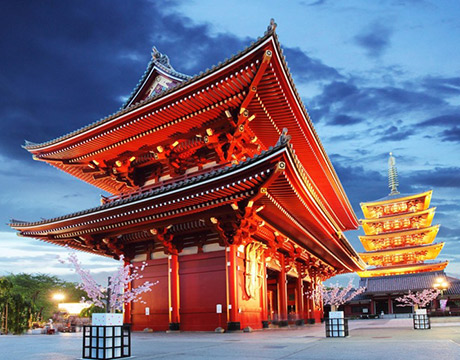
Tokyo
Japan
Bangkok
Thailand
Seoul
South Korea
Vientiane
Laos
Yangon
Myanmar
Washington DC
USA
Los Angeles
USA
Ottawa
Canada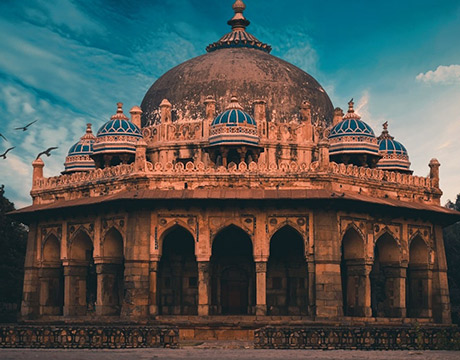
New Delhi
India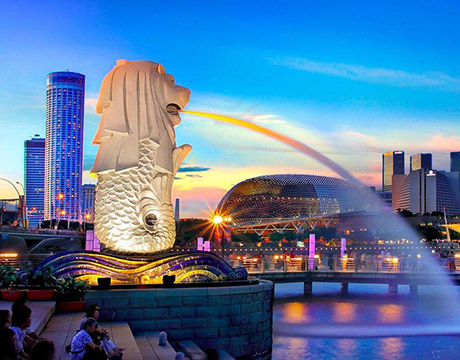
Singapore
Singapore
Kuala Lumpur
Malaysia
 English
English French
French Khmer
Khmer Thai
Thai Vietnamese
Vietnamese Chinese
Chinese Korean
Korean German
German Japanese
Japanese Italian
Italian Russian
Russian Spanish
Spanish Dutch
Dutch Indonesian
Indonesian Malay
Malay
